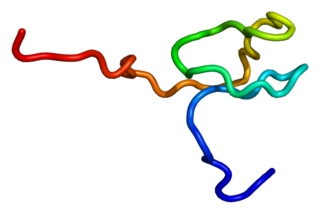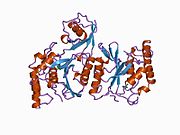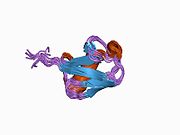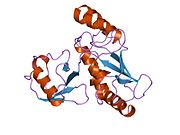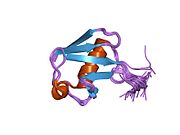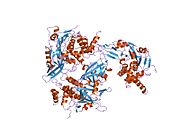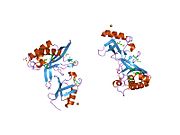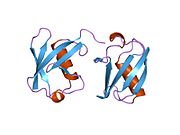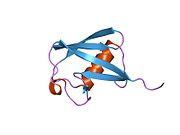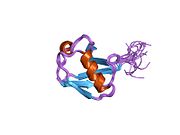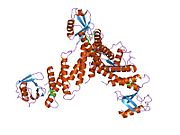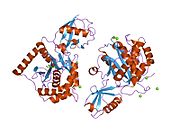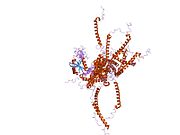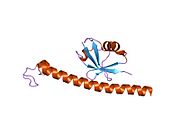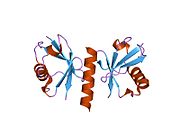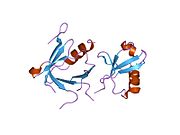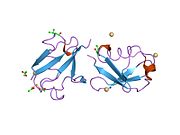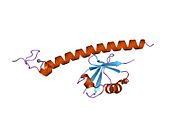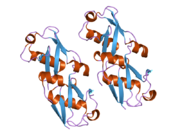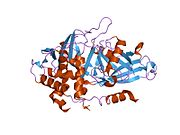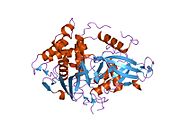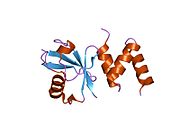1C3T, 1CMX, 1D3Z, 1F9J, 1FXT, 1G6J, 1GJZ, 1NBF, 1OGW, 1Q5W, 1S1Q, 1SIF, 1TBE, 1UBI, 1UBQ, 1UD7, 1XD3, 1XQQ, 1YX5, 1YX6, 1ZGU, 2AYO, 2BGF, 2DEN, 2FUH, 2G45, 2GBJ, 2GBK, 2GBM, 2GBN, 2GBR, 2GMI, 2HTH, 2IBI, 2J7Q, 2JF5, 2JRI, 2JY6, 2JZZ, 2K25, 2K6D, 2K8B, 2K8C, 2KDF, 2KJH, 2KLG, 2KN5, 2KX0, 2L3Z, 2LD9, 2LVO, 2LVP, 2LVQ, 2LZ6, 2MBO, 2MBQ, 2MCN, 2MI8, 2MJ5, 2MOR, 2MRE, 2MWS, 2N2K, 2NR2, 2O6V, 2OJR, 2PE9, 2PEA, 2RR9, 2RU6, 2W9N, 2WDT, 2XEW, 2Z59, 2ZCB, 2ZVN, 2ZVO, 3A33, 3ALB, 3AUL, 3B08, 3B0A, 3BY4, 3C0R, 3DVG, 3DVN, 3EEC, 3EFU, 3EHV, 3H7P, 3H7S, 3HM3, 3IFW, 3IHP, 3JSV, 3JVZ, 3JW0, 3K9O, 3K9P, 3KVF, 3KW5, 3LDZ, 3MHS, 3MTN, 3N30, 3N32, 3N3K, 3NS8, 3O65, 3OFI, 3OJ4, 3ONS, 3PRM, 3PT2, 3PTF, 3Q3F, 3RUL, 3TMP, 3U30, 3UGB, 3V6C, 3V6E, 3VFK, 3VUW, 3VUX, 3VUY, 3WXE, 3WXF, 3ZNI, 3ZNZ, 4AUQ, 4BOS, 4BOZ, 4BVU, 4DDG, 4DDI, 4DHJ, 4DHZ, 4FJV, 4HK2, 4HXD, 4I6L, 4I6N, 4IG7, 4IUM, 4JQW, 4K1R, 4K7S, 4K7U, 4K7W, 4KSK, 4KSL, 4LCD, 4LDT, 4MDK, 4MM3, 4MSM, 4MSQ, 4NQK, 4UN2, 4V3K, 4V3L, 5AIU, 4XOK, 5AF6, 5AF5, 5AF4, 4XOL, 5C7J, 5C7M, 5E6J, 4ZQS, 4AP4,%%s4AP4 |

























